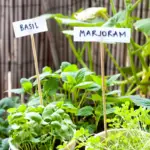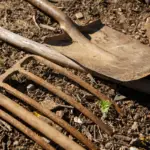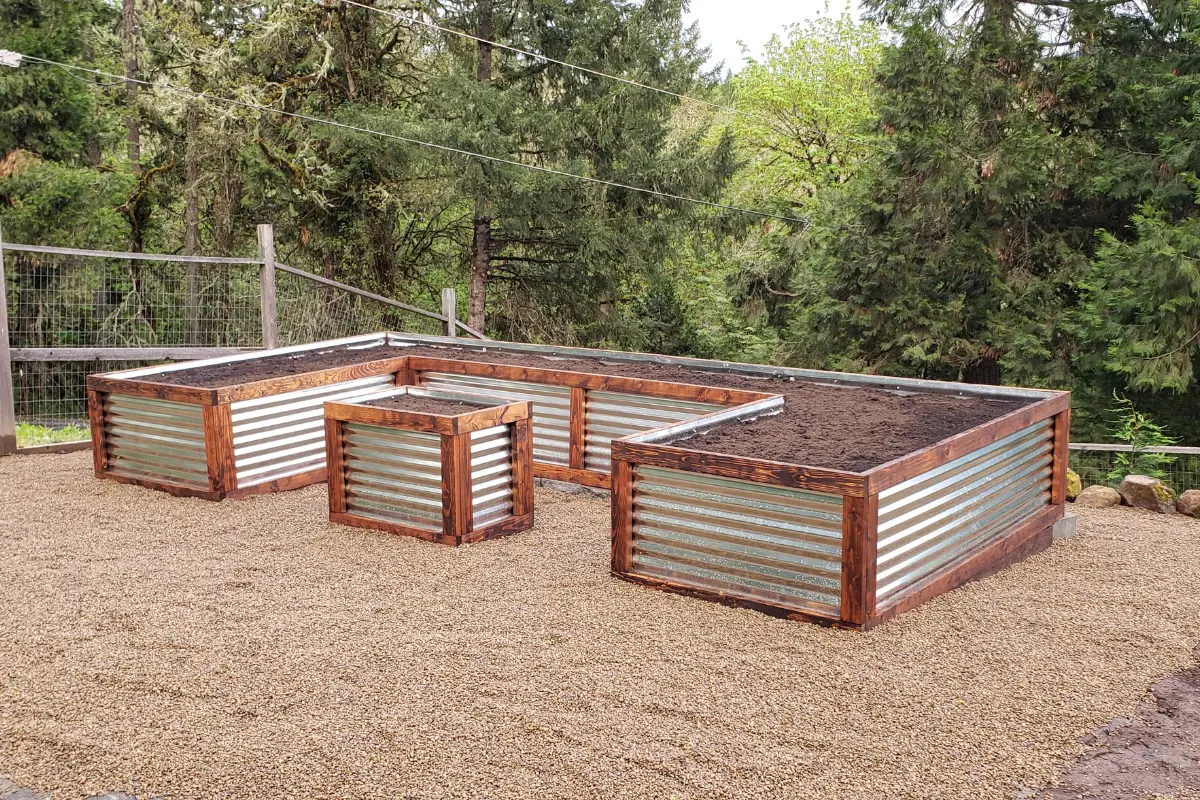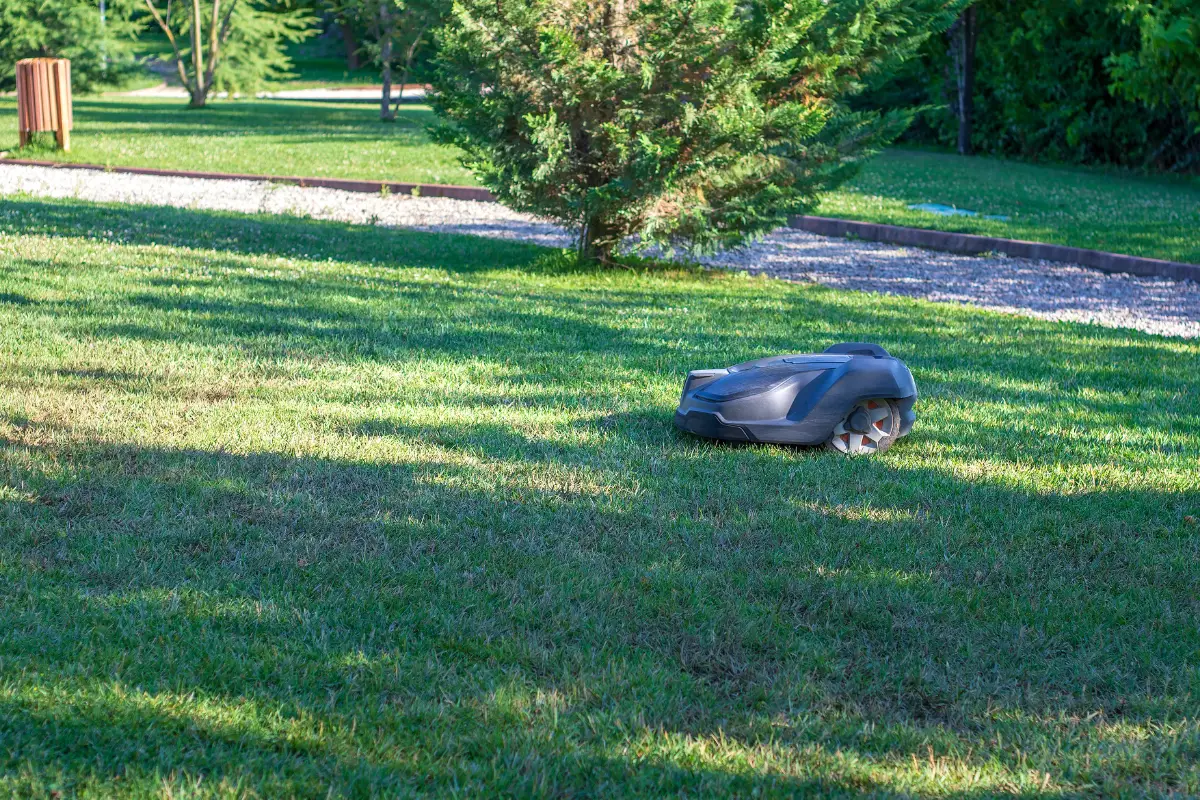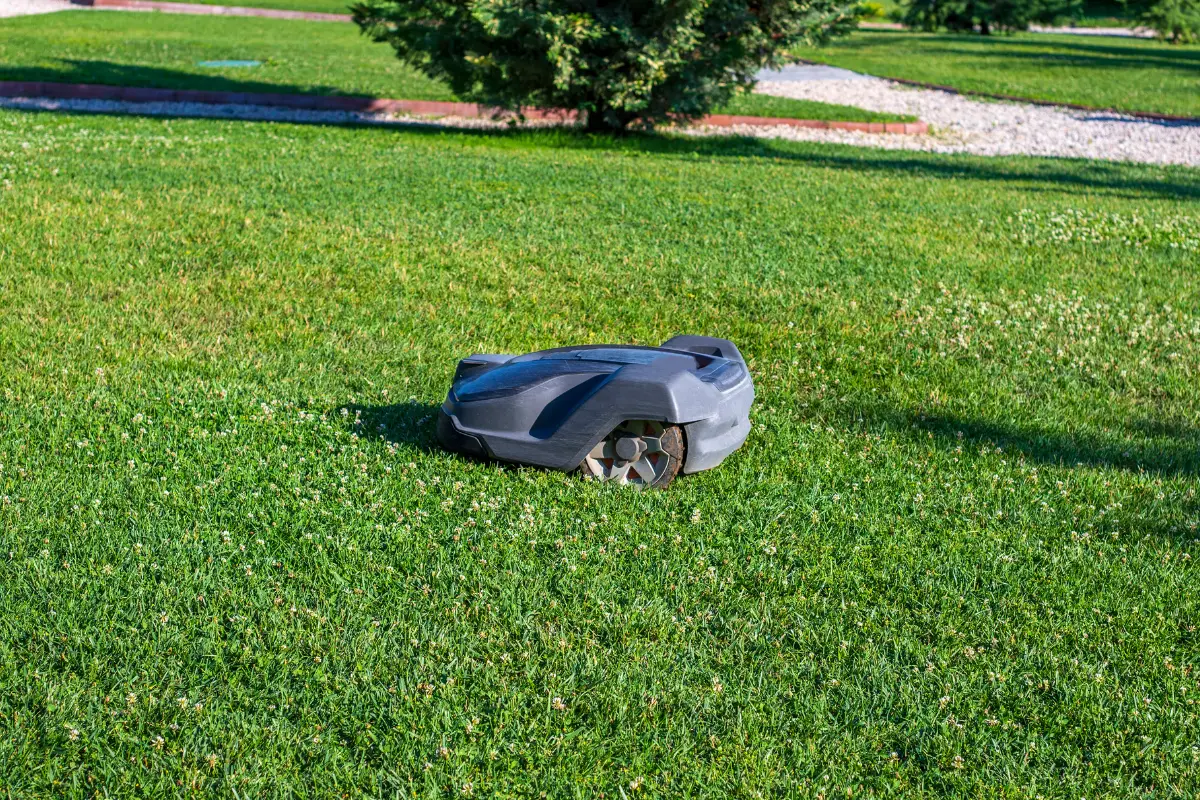Gardening is a rewarding hobby, but it requires a lot of work and dedication. Garden tools are an essential part of this hobby, but they are often exposed to moisture and dirt, which can cause rust.
Rust is a common problem with garden tools, and if left untreated, it can damage the tools and reduce their lifespan. In this article, we will discuss how to clean garden tools from rust effectively.
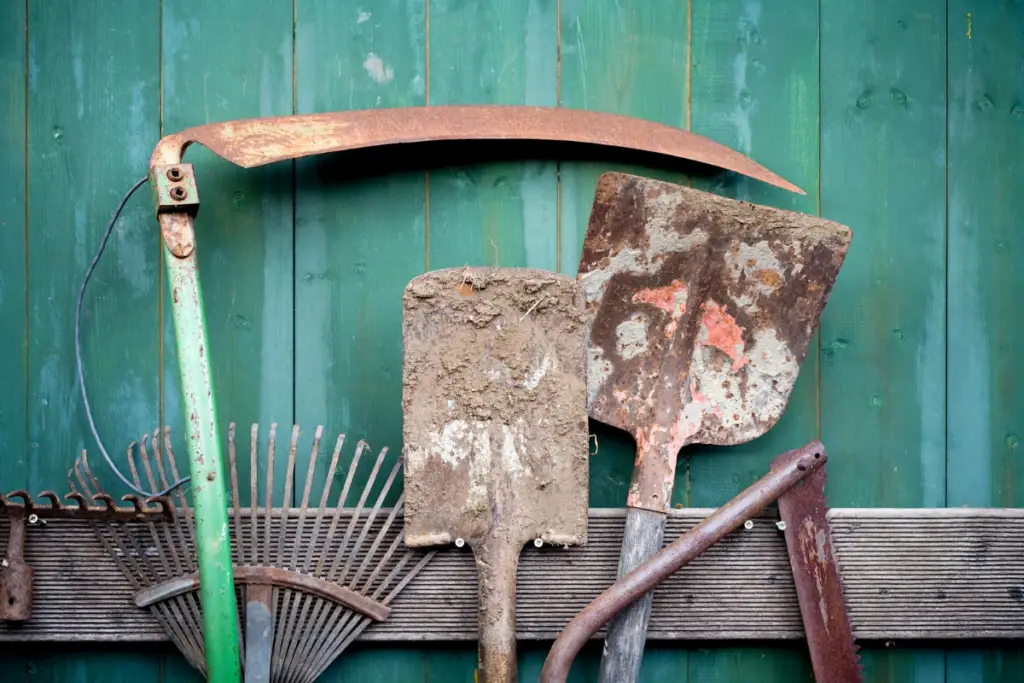
Table of Contents
Why Rust is a Problem
Rust is a type of corrosion that occurs when iron or steel comes into contact with moisture and oxygen.
When metal rusts, it weakens and becomes brittle, which can lead to the tools breaking or becoming damaged. Rust can also be unsightly and make the tools difficult to use.
Tools and Materials Required
Before we start cleaning garden tools rust, we need to gather some tools and materials. Here is a list of what you will need:
- A wire brush or steel wool
- Sandpaper or a sanding block
- A bucket or basin
- White vinegar or lemon juice
- Baking soda
- A sponge or cloth
- Lubricating oil or petroleum jelly
Step-by-Step Guide to Clean Garden Tools Rust
Cleaning garden tools rust may seem like a daunting task, but it is not as complicated as it may seem. Here is a step-by-step guide to help you clean your garden tools rust effectively.
Step 1: Remove Dirt and Debris
The first step in cleaning garden tools rust is to remove any dirt and debris from the surface of the tools. Use a wire brush or steel wool to scrape off any loose dirt and debris.
Step 2: Remove Rust
Once you have removed any dirt and debris, it’s time to remove the rust. You can do this by using sandpaper or a sanding block to sand away the rust. If the rust is stubborn, you can use white vinegar or lemon juice to dissolve the rust.
Simply soak the tools in the vinegar or lemon juice for a few hours, and then use a sponge or cloth to wipe away the rust.
Step 3: Neutralize Acid
If you have used white vinegar to remove the rust, it’s essential to neutralize the acid. You can do this by mixing baking soda with water to make a paste.
Apply the paste to the tools, and then rinse them off with clean water.
Step 4: Dry the Tools
Once you have removed the rust and neutralized the acid, it’s time to dry the tools. Wipe the tools with a dry cloth or towel, and then leave them to air dry completely.
Step 5: Lubricate the Tools
The final step in cleaning garden tools rust is to lubricate the tools. Use a lubricating oil or petroleum jelly to lubricate the tools, which will prevent them from rusting again in the future.
Tips to Prevent Rust
Cleaning garden tools rust is an essential part of maintaining your tools, but it’s also essential to take steps to prevent rust from occurring in the first place. Here are some tips to help you prevent rust:
- Keep your tools clean and dry after each use.
- Store your tools in a dry place.
- Apply a rust inhibitor or protective coating to your tools.
Conclusion
Cleaning garden tools and rust is an essential part of maintaining your garden tools. With the right tools and materials, you can remove rust from your tools effectively.
Remember to take steps to prevent rust from occurring in the future, which will help prolong the lifespan of your tools.
- How to Build a Planter Box for Bamboo: A Step-by-Step Guide

- Can Robotic Lawnmowers Handle Steep Slopes?

- Do You Need a Specific Lawn for a Robotic Lawnmower? Expert Advice

- Are Robotic Lawnmowers Safe for Pets and Children? Safety Features of Robotic Lawnmowers

- Why Use Robotic Lawnmowers? Advantages of Using a Robotic Lawnmower

- Is the GARDENA SILENO City 300 Cordless or Corded? A Clear Answer










